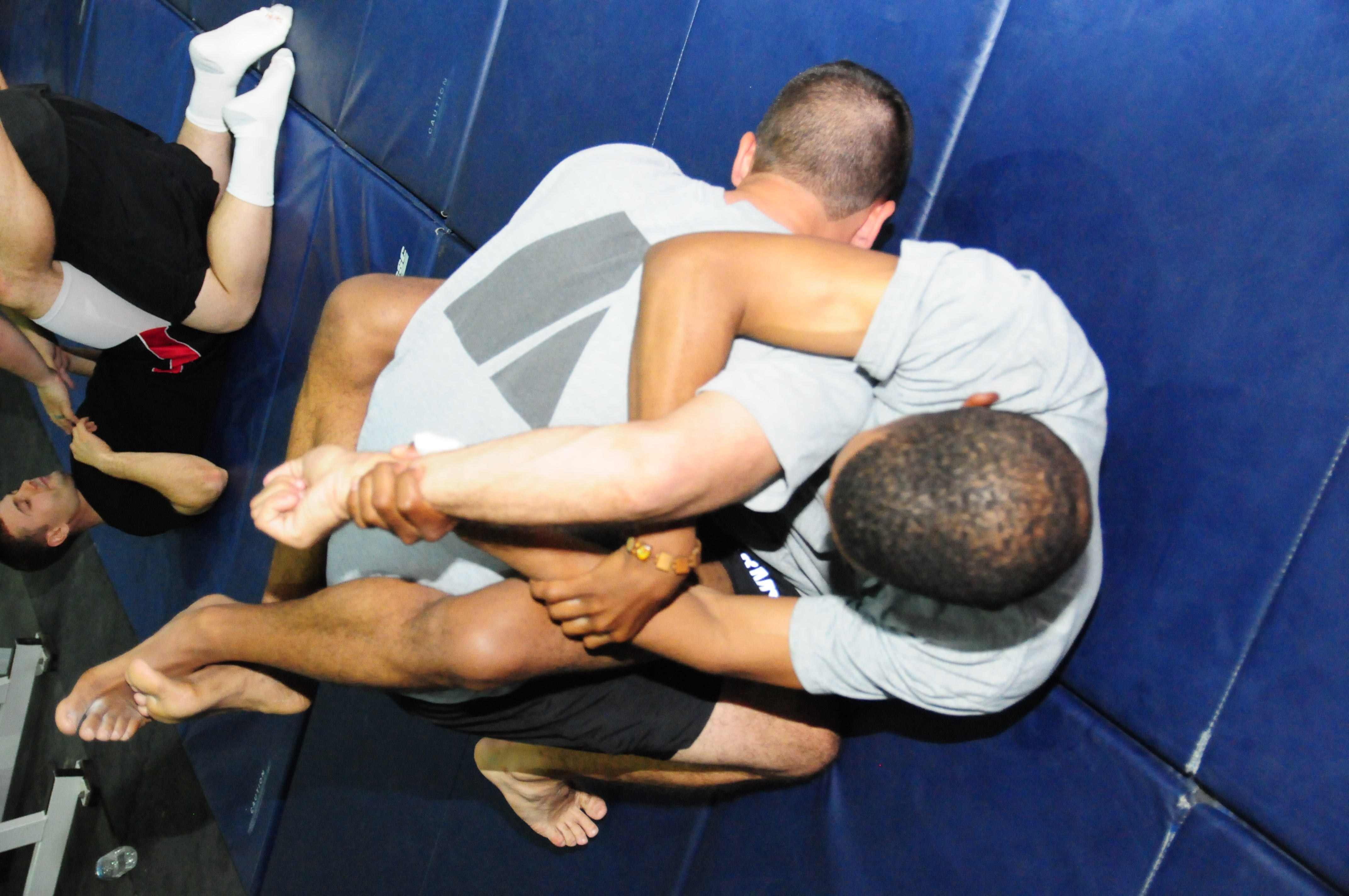If you’ve been doing BJJ for quite some time, you know Rickson Gracie’s famous words about the guard being the heart and soul of JiuJitsu. And, if you’ve noticed, the guard is something that many fighters, both novices and advanced, always try to improve.
Basic, yet intricate, the guard is simply something that any novice would be wise to devote many hours studying.
With such an emphasis on the guard, it’s no surprise that guard passing too is something that all JiuJitsu practitioners would be wise to learn.
That said, here are five tips that can help you be better at guard passing.
- Study All Guard Positions
Understanding every little detail about all guard positions will help you understand how to pass someone’s guard. The better your understanding, the better you’ll be able to predict and counter your opponent if you ever get caught in their guard.
- Pay Attention To the Legs and The Hips
Every guard always has two things that it can’t do without, leg strength and hip control. Understanding what makes each one work and how to prevent it will help you pass guards in no time.
A good example of controlling your opponent’s legs is to pin or redirect them. If you do this while immobilizing the hips, your opponent will be in a lot of trouble.
- Standing or Kneeling
As you become a better fighter, you’ll find yourself forced to choose between a standing or a kneeling passing style. Both have their own merits, though a general description would be that kneeling passers are prone to submission, but are also less prone to getting swept while it’s the other way around for standing passers.
- Decide on What You Prefer
While traditional and modern JiuJitsuare more similar than different, they do still vary quite a bit. For example, old school JiuJitsu practitioners prefer to stay close to their opponents when they pass the guard. In contrast, those in favor of a much newer style of passing often keep their distance using a long step pass or something similar.
By deciding on which technique you’d prefer or which style is best for your tastes, you’d be able to focus and devote more time to practicing it.
- Persevere
Passing the guard is not easy. It will take some time for you to do so successfully and any JiuJitsu practitioner will tell you that they rarely get the pass off of their first few tries.
Thus, it’s important to persevere and be relentless in your pursuit of trying to pass the guard. This also applies to learning more about guards and guard passing, such as by observing real matches, attending seminars and/or watching videos.
Hopefully, you found these five tips to be useful and that you’re able to apply them to your guard as soon as possible.
Be sure to let us know what you think and how the tips have helped you, or better yet, let us know if you’ve got a few additional tips to add.

